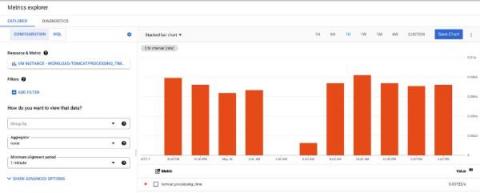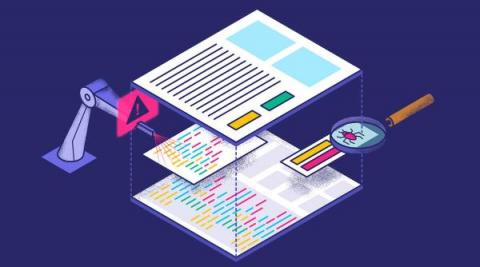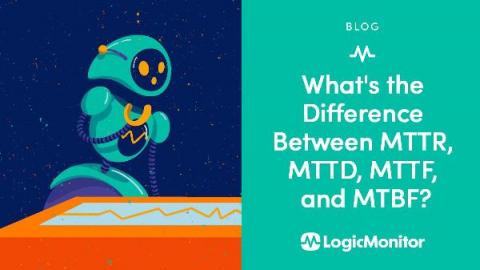Operations | Monitoring | ITSM | DevOps | Cloud
Java
Java Debugging: Using Tracing To Debug Applications
Write enough programs, and you’ll agree that it’s impossible to write an exception-free program, at least in the first go. Java debugging is a major part of the coding process, and knowing how to debug your code efficiently can make or break your day. And in Java applications, understanding and leveraging stack traces can be the game-changer you need to ship your application quickly. This article will cover how to debug in Java and how Java stack traces simplify it.
What Is JMX Monitoring?
Regression testing your Java Agent Plugin
For developers who’ve created their own instrumentation with the Java Agent plugin, the next phase of the process is regression testing. By performing regression testing, you can ensure that your plugin functions the way it’s supposed to after you’ve made code changes or updates. You’ll have your own plugin, but to illustrate regression testing in this article, I’ll use the plugin in our example repo.
How to install a Site24x7 APM Insight Java agent in Tomcat Server 6.x and above on Linux?
Exception Handling in Java (with Real Examples)
Java has been one of the most widely used programming languages among developers worldwide for years. So naturally, it is a popular choice for those beginning their careers in development. Learning Java requires more than just knowing the proper syntax and effective code hygiene. Any developer who hopes to use Java for commercial development must be able to quickly and competently identify and recognize errors in their code.
Garbage Collection in Java
IllegalArgumentException in Java
Let’s look at IllegalArgumentException, which is one of the most common types of exceptions that Java developers deal with. We’ll see when and why IllegalArgumentException usually occurs, whether it’s a checked or unchecked exception, as well as how to catch and when to throw it. We’ll use a few examples based on common Java library methods to describe some of the ways to handle IllegalArgumentException.
Debugging Java Collections Framework Issues in Production
The Java Collections Framework was a huge leap forward when it was introduced as part of Java 2 (JDK 1.2). Thanks to the included collection classes we finally moved beyond the limits of Vector and Hashtable to more mature and generic solutions. With the introduction of streams and functional concepts in Java 8 the framework took everything to the next level. One of the core principles underlying the framework is coding to the interface.
How to capture Spring Boot metrics with the OpenTelemetry Java Instrumentation Agent
In a previous blog post, Adam Quan presented a great introduction to setting up observability for a Spring Boot application. For metrics, Adam used the Prometheus Java Client library and showed how to link metrics and traces using exemplars. However, the Prometheus Java Client library is not the only way to get metrics out of a Spring Boot app. One alternative is to use the OpenTelemetry Java instrumentation agent for exposing Spring’s metrics directly in OpenTelemetry format.











